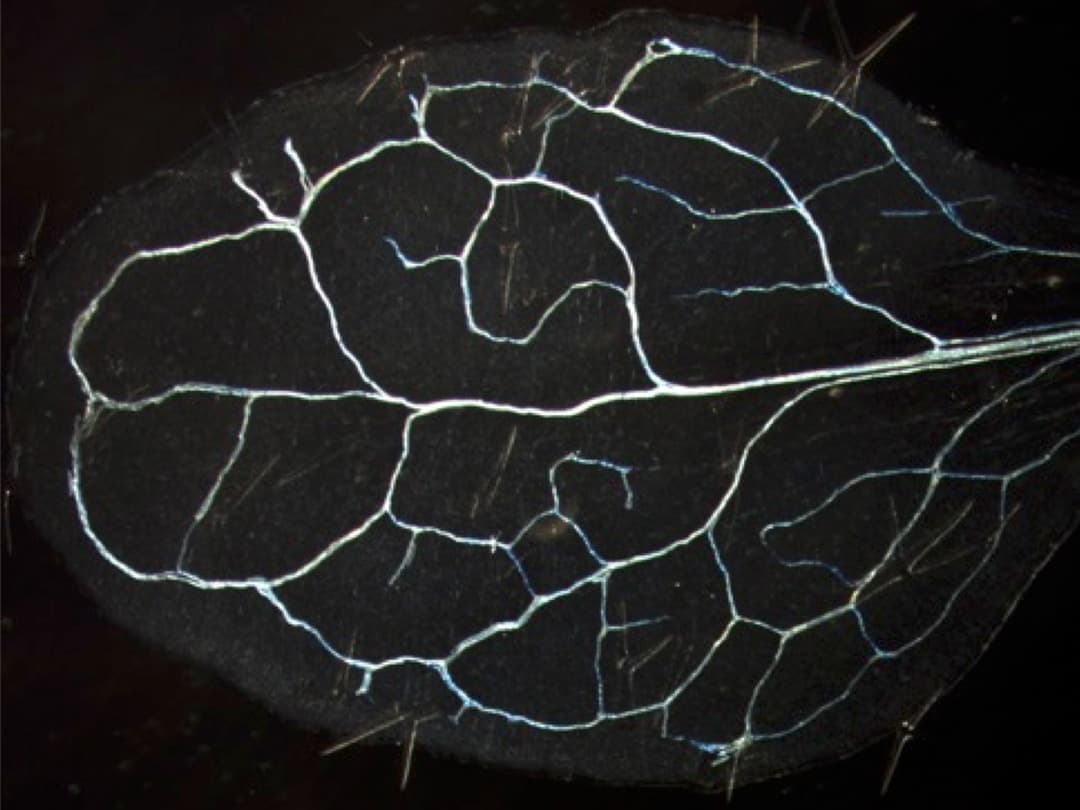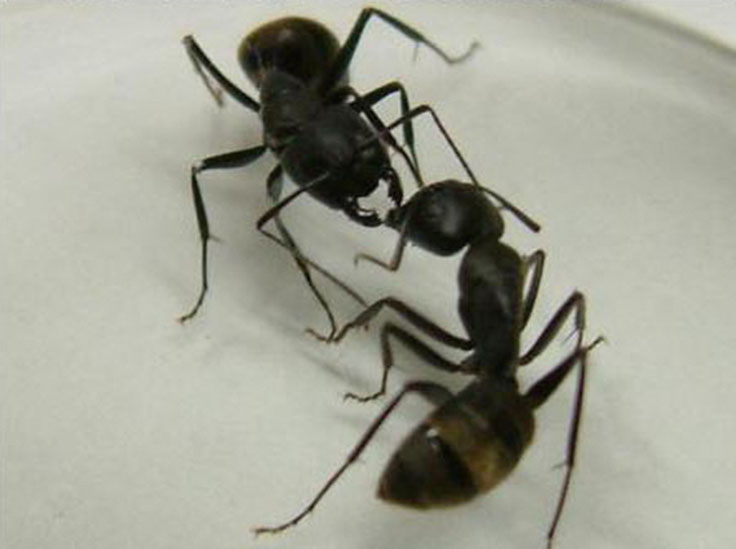Every cell in our bodies has its proper place, but how do they get there? A research group led by Kobe University Graduate School of Medicine Ph.D. student KATSUNUMA Sayaka and Assistant Professor TOGASHI Hideru discovered the mechanism for a mosaic pattern formation of two different cell types. Their discovery has potentially broad applications as a common principle for determining pattern formation in different types of cell. The findings were published in “The Journal of Cell Biology” on February 29, 2016.
All cells in tissues adhere to each other using molecules called cadherins which interact and connect cells of the same type together. Previous studies showed that cells which express the same type of cadherin interact with each other, but cells with different types of cadherins remain separate. However, two types of cells in the olfactory epithelium (specialized tissue responsible for sense of smell), are mixed together and form a mosaic pattern despite expressing different types of cadherins.
To understand how these two different types of cells (the olfactory cells and supporting cells) are arranged in a unique mosaic pattern, the research group focused on the relationship between cadherins and nectins (another type of adhesion molecule). Nectins tend to bind heterophilically, meaning that they adhere more strongly to nectins of a different type, and have been shown to serve as recruiters for cadherin molecules. The group analyzed the mosaic pattern formation using a combination of biological and mathematical models. Their results demonstrated that interaction of different nectins between the olfactory cells and the supporting cells recruited cadherins to the junctions between cells. The accumulation of different amounts of cadherins produced different levels of adhesiveness between cell junctions, resulting in a mosaic pattern. The group also assessed what happens when different cadherins and different nectins are simultaneously expressed in cells. When they mixed the two types of cells in a culture, only one type of cell mingled. These cells created a biased mosaic pattern corresponding to the pattern in the olfactory epithelium.
“The different arrangements of cells within tissues are created by communication between cells,” explains Togashi. “Our findings have demonstrated a principle that exists within organisms, and deepened our understanding of the mechanism for morphogenesis”.

(Left) Cells which express different cadherins separate into groups by type.
(Middle) Cells with different nectins interact strongly with each other and different types mix to create a mosaic pattern. Inner ear cells follow this pattern.
(Right) Cells with different types of cadherins and nectins make a mosaic pattern through partial mingling. Olfactory epithelium cells follow this pattern.
Journal information
- Title
- Synergistic action of nectins and cadherins generates the mosaic cellular pattern of the olfactory epithelium
- DOI
- 10.1083/jcb.201509020
- Journal
- The Journal of Cell Biology












